Despite the fact that the headline may lead you to believe that we're writing about the recent crazy spike in gasoline prices in the United States and other parts of the world, you'll have to look again closely, seeing as this is a cryptocurrency-related post.
What are Crypto Gas Fees?
Crypto gas fees are the payments necessary to complete all transactions on the blockchain. The principle is similar to that of traditional financial institutions in that you pay bank fees to have your transactions processed. The amount of the bank charge is determined by the complexity of the transaction and the number of intermediaries or channels employed to complete the transaction. Blockchain transactions also necessitate channels, which in this case are blockchain miners who process and authenticate transactions before they can be completed.
How are Gas Fees determined?
Processing and validating transactions on a blockchain protocol can require a lot of computing energy. Like bank charges, these fees are used to pay blockchain miners who include transactions on the block. Three components typically make up gas fees:
- Base fee- a mandatory minimum amount for any transaction on the blockchain.
- Gas limit- an adjustable amount the user is prepared to spend for transaction processing.
- Tip- A user pays this extra amount to encourage miners to process their transactions before others on the block.
To sum up how the system works, it is basically Demand and supply, combined with miners' contribution. A surge in the number of transactions at any particular time can cause miners to include transactions with higher fees in the block. This will drive fees up since users will have to pay more to ensure that their transactions are processed on time, resulting in a backlog of unprocessed transactions on the blockchain. On the other hand, If there are fewer transactions on the blockchain, miners will have to accept cheaper gas prices, and transactions will be completed faster because more miners are processing fewer transactions. Miners might also refuse to process a transaction if they are not pleased with the gas limit.
Block size and block time also play a big role in determining how long transactions can take to be processed. To better illustrate, let's use Bitcoin, Ethereum, and Solana as examples.
| Blockchain |
Average block time |
Average block size |
| Bitcoin |
10 minutes |
4000 transactions/block |
| Ethereum |
13 seconds |
20,000 transaction/block |
| Solana |
0.4 seconds |
70 transactions/block |
Based on the table above, transactions on the Ethereum blockchain require the most computing power. This is because a single block, which takes 13 seconds to finish, can only validate up to 70 transactions at a time. To give you a better idea, it would take about 285 processing rounds and a little more than an hour to finish the 20,000 transitions that the Solana network could have done in 0.4 seconds. Even though Bitcoin's block time is much longer, it would still take about four rounds of processing and 50 minutes to finish the same 20,000 transactions.
Why are Crypto Gas Fees so high?
Gas fees can really go berserk; I'm talking 0-100 in seconds. The Ethereum blockchain is recognized for having the costliest gas fees, which has been a source of concern throughout the years. Fees can skyrocket from $5 to $150 in seconds, leaving you wondering what could have caused such exorbitant charges. To clarify that query, below are some of the causes of high gas fees in cryptocurrency.
Transaction volume
Congestion on the blockchain is the first thing that comes to mind when transactions are not getting through, are delayed, or gas fees are excessive. This congestion is the result of a massive influx of transaction requests from users who want to perform an action.
Coin popularity
Many alternative cryptocurrencies and ecosystems have emerged and gained traction since the introduction of Bitcoin in 2009. Partnerships, solutions, and integration of conventional sectors and elements of society have increased the number of users of blockchain technology and the flow of transactions required to complete various operations.
Coin utility
Many use cases have been developed over the years, broadening the scope of blockchain usage and resulting in a significant increase in the need for transactions to be completed. Decentralized Exchanges (DEXs), Non-fungible tokens (NFTs), Decentralized Autonomous Organizations (DAOs), Decentralized Finance (DeFi), Initial Coin Offerings (ICOs), Decentralized Applications (DApps), and Protocols are all areas that have contributed to the unprecedented demand for blockchain transactions.
Tips on how to Avoid High Gas Fees.
If the transactions you want to conduct are not time-sensitive, you can consider processing them during inactive blockchain times. There are times when there is less traffic on the blockchain because fewer transactions are being processed. You can keep an eye out for major projects and communities that operate in that ecosystem and schedule your transactions at periods that do not clash with their activities.
You can take advantage of certain DApps like Balancer that offer discounts and rebates when carrying out transactions. Balancer offers up to 90% transaction returns, which are returned to the user as $BAL tokens.
For Ethereum transactions, you can reduce gwei for transactions that you don't need to be completed immediately. Ethereum users can also utilize Layer 2 protocols such as Polygon and Arbitrum that help users in scaling up the transactions by consuming less computing power.
Make use of alternative blockchains or cryptocurrencies that charge cheaper gas fees.
Which Crypto has the lowest Gas Fees?
The BRISE BRC20 network is currently the most affordable on the crypto market. The chain uses a "gasless" transaction mechanism, with a gas price of $0.0000000000001, which is practically zero.
The Polygon network is another chain gaining traction in the cryptosphere due to its low gas prices and interoperability with the EVM (Ethereum Virtual Machine). The Polygon blockchain has an average gas fee of roughly $1, and it is also compatible with the Ethereum network, allowing Ethereum users to benefit from its low gas rate.
When it comes to gas costs, another cheap alternative is BNB. The average gas fee on this network is around $2, and the network is rapidly expanding, with new projects popping up on a regular basis. BNB has also risen in popularity as a result of the Binance crypto exchange, which has the highest daily trading volume among exchanges.
Read Also: Ledger Launches NFT Marketplace, Enterprise Platform, and other Web3 Services
Conclusion
The blockchain continues to expand by the day, and experts believe that there will come a time when blockchain technology and cryptocurrency will be as popular and widespread as the internet. Given that transactions are the bedrock of interactions with the ecosystem and one another, we look forward to more ways of understanding, as well as reducing gas fee, and processing transactions faster and more effectively.
Storing your cryptocurrencies in online wallets, exchanges and software wallets exposes you to risks of being hacked. Consider storing them in a hardware wallet today


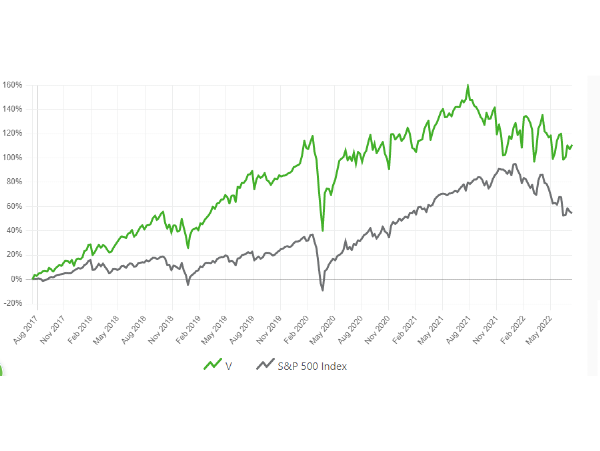


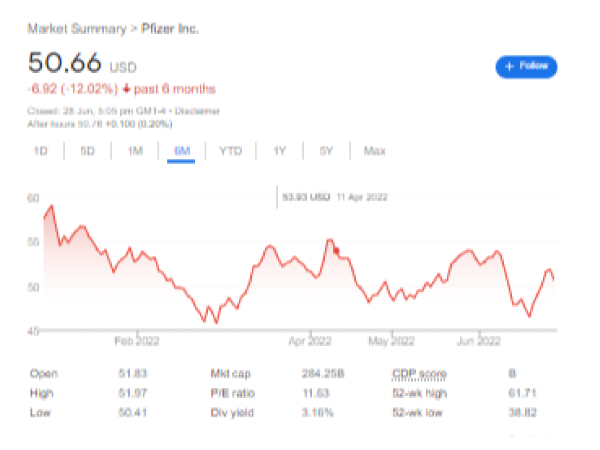
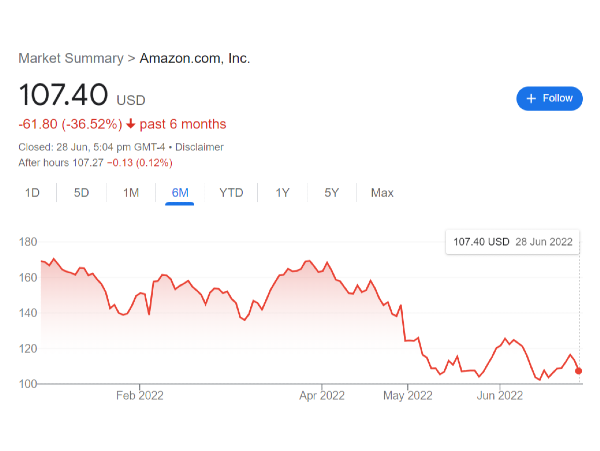




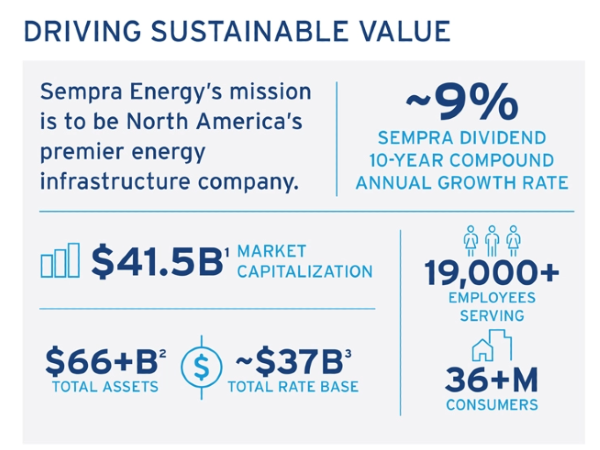
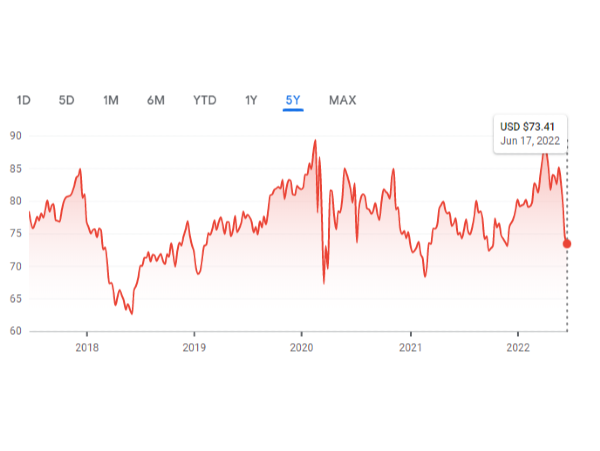




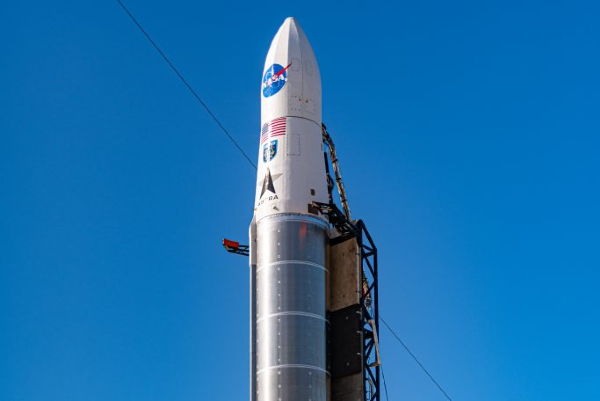
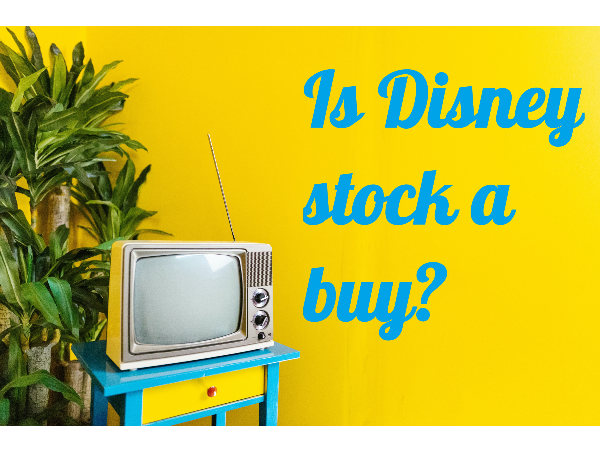









Despite the fact that the headline may lead you to believe that we're writing about the recent crazy spike in gasoline prices in the United States and other parts of the world, you'll have to look again closely, seeing as this is a cryptocurrency-related post.
What are Crypto Gas Fees?
Crypto gas fees are the payments necessary to complete all transactions on the blockchain. The principle is similar to that of traditional financial institutions in that you pay bank fees to have your transactions processed. The amount of the bank charge is determined by the complexity of the transaction and the number of intermediaries or channels employed to complete the transaction. Blockchain transactions also necessitate channels, which in this case are blockchain miners who process and authenticate transactions before they can be completed.
How are Gas Fees determined?
Processing and validating transactions on a blockchain protocol can require a lot of computing energy. Like bank charges, these fees are used to pay blockchain miners who include transactions on the block. Three components typically make up gas fees:
To sum up how the system works, it is basically Demand and supply, combined with miners' contribution. A surge in the number of transactions at any particular time can cause miners to include transactions with higher fees in the block. This will drive fees up since users will have to pay more to ensure that their transactions are processed on time, resulting in a backlog of unprocessed transactions on the blockchain. On the other hand, If there are fewer transactions on the blockchain, miners will have to accept cheaper gas prices, and transactions will be completed faster because more miners are processing fewer transactions. Miners might also refuse to process a transaction if they are not pleased with the gas limit. Block size and block time also play a big role in determining how long transactions can take to be processed. To better illustrate, let's use Bitcoin, Ethereum, and Solana as examples.
Based on the table above, transactions on the Ethereum blockchain require the most computing power. This is because a single block, which takes 13 seconds to finish, can only validate up to 70 transactions at a time. To give you a better idea, it would take about 285 processing rounds and a little more than an hour to finish the 20,000 transitions that the Solana network could have done in 0.4 seconds. Even though Bitcoin's block time is much longer, it would still take about four rounds of processing and 50 minutes to finish the same 20,000 transactions.
Why are Crypto Gas Fees so high?
Gas fees can really go berserk; I'm talking 0-100 in seconds. The Ethereum blockchain is recognized for having the costliest gas fees, which has been a source of concern throughout the years. Fees can skyrocket from $5 to $150 in seconds, leaving you wondering what could have caused such exorbitant charges. To clarify that query, below are some of the causes of high gas fees in cryptocurrency.
Transaction volume
Congestion on the blockchain is the first thing that comes to mind when transactions are not getting through, are delayed, or gas fees are excessive. This congestion is the result of a massive influx of transaction requests from users who want to perform an action.
Coin popularity
Many alternative cryptocurrencies and ecosystems have emerged and gained traction since the introduction of Bitcoin in 2009. Partnerships, solutions, and integration of conventional sectors and elements of society have increased the number of users of blockchain technology and the flow of transactions required to complete various operations.
Coin utility
Many use cases have been developed over the years, broadening the scope of blockchain usage and resulting in a significant increase in the need for transactions to be completed. Decentralized Exchanges (DEXs), Non-fungible tokens (NFTs), Decentralized Autonomous Organizations (DAOs), Decentralized Finance (DeFi), Initial Coin Offerings (ICOs), Decentralized Applications (DApps), and Protocols are all areas that have contributed to the unprecedented demand for blockchain transactions.
Tips on how to Avoid High Gas Fees.
If the transactions you want to conduct are not time-sensitive, you can consider processing them during inactive blockchain times. There are times when there is less traffic on the blockchain because fewer transactions are being processed. You can keep an eye out for major projects and communities that operate in that ecosystem and schedule your transactions at periods that do not clash with their activities.
You can take advantage of certain DApps like Balancer that offer discounts and rebates when carrying out transactions. Balancer offers up to 90% transaction returns, which are returned to the user as $BAL tokens.
For Ethereum transactions, you can reduce gwei for transactions that you don't need to be completed immediately. Ethereum users can also utilize Layer 2 protocols such as Polygon and Arbitrum that help users in scaling up the transactions by consuming less computing power.
Make use of alternative blockchains or cryptocurrencies that charge cheaper gas fees.
Which Crypto has the lowest Gas Fees?
Bitgert
The BRISE BRC20 network is currently the most affordable on the crypto market. The chain uses a "gasless" transaction mechanism, with a gas price of $0.0000000000001, which is practically zero.
Polygon
The Polygon network is another chain gaining traction in the cryptosphere due to its low gas prices and interoperability with the EVM (Ethereum Virtual Machine). The Polygon blockchain has an average gas fee of roughly $1, and it is also compatible with the Ethereum network, allowing Ethereum users to benefit from its low gas rate.
BNB Chain
When it comes to gas costs, another cheap alternative is BNB. The average gas fee on this network is around $2, and the network is rapidly expanding, with new projects popping up on a regular basis. BNB has also risen in popularity as a result of the Binance crypto exchange, which has the highest daily trading volume among exchanges.
Read Also: Ledger Launches NFT Marketplace, Enterprise Platform, and other Web3 Services
Conclusion
The blockchain continues to expand by the day, and experts believe that there will come a time when blockchain technology and cryptocurrency will be as popular and widespread as the internet. Given that transactions are the bedrock of interactions with the ecosystem and one another, we look forward to more ways of understanding, as well as reducing gas fee, and processing transactions faster and more effectively.
Storing your cryptocurrencies in online wallets, exchanges and software wallets exposes you to risks of being hacked. Consider storing them in a hardware wallet today